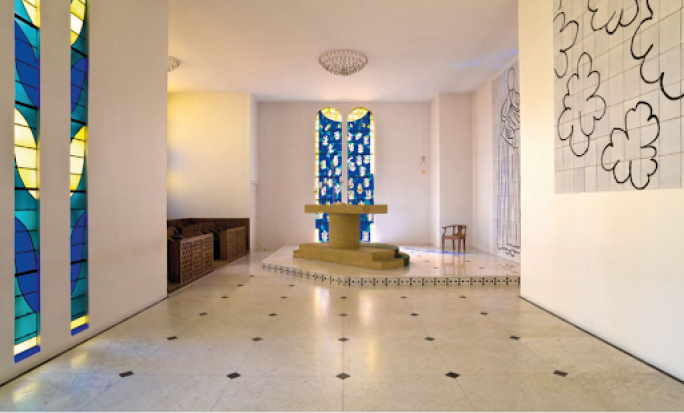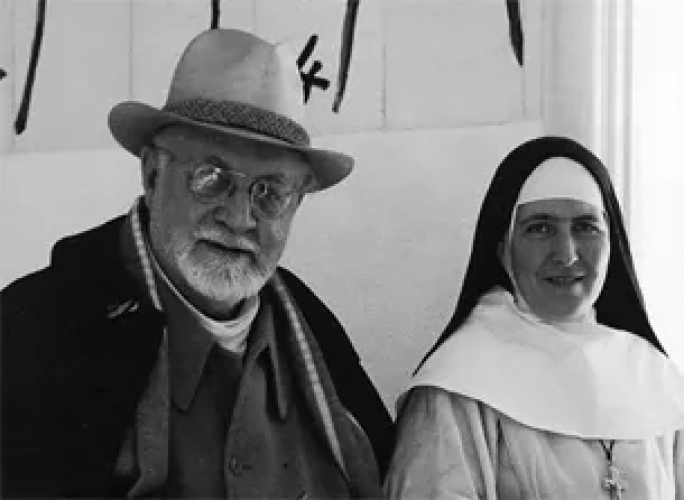By 1943, Henri Matisse was confined to a wheelchair and no longer able to stand and paint. The result was an increased focus on the medium of drawing, which the artist valued as essential in the study of art and even on par with painting. Indeed, the drawings of Matisse are crucial to understanding the artist’s artistic philosophy and his oeuvre at large.

“In a way that paintings are not, the drawings are his artistic autobiography,” John Golding writes in the introduction to The Drawings of Henri Matisse. Indeed, the present work, Jeune femme of 1943, exhibits the artist’s careful devotion to the medium. In this work, Matisse relies on line and shadow to sculpt the figure’s expressive visage. The charcoal drawings of his later years were often highly worked, revealing more closely than his paintings the artist’s creative process.
Matisse was intent on the careful study of his subjects, describing his intense process of working with a model: “After a certain moment, it is a kind of revelation, it is no longer me. I don’t know what I am doing, I am identified with my model” (quoted in Exh. Cat., New York, Evkyn Maclean, Matisse and the Model, 2011, p.53). This drawing exhibits the artist’s dedicated study of his subject and his experimentation with the simplification of form. Matisse was insistent on the relation between line and color, which was fundamental to his entire artistic practice. “A true colorist makes his presence known even in a simple charcoal drawing,” he wrote in a letter to Henry Clifford in February of 1948. As the father of Fauvism, Matisse was emphatic that light and value differences generate the semblance of color.

The identity of the sitter in the present work is believed to be Monique Bourgeois, one of Matisse’s nurses with whom he developed a close bond. After Bourgeois became Sister Jacques-Marie, the two collaborated on one of Matisse’s greatest masterpieces: the Saint Rosary Chapel in Vence. Matisse, according to biographer Hilary Spurling, admired Bourgeois's “statuesque quality and the nascent power in her.” This admiration is certainly revealed in this portrait.

The first owner of Jeune femme was famed collector Max Pellequer. In addition to being a prominent collector of modernist art in the 1920s and 30s, including that of Cézanne, Degas, Picasso, Matisse, and Léger, Pellequer was a close friend, financial consultant, and banker to Pablo Picasso. During WWII, Pellequer was instrumental in safeguarding the Spanish artist’s work and personal art collection.

